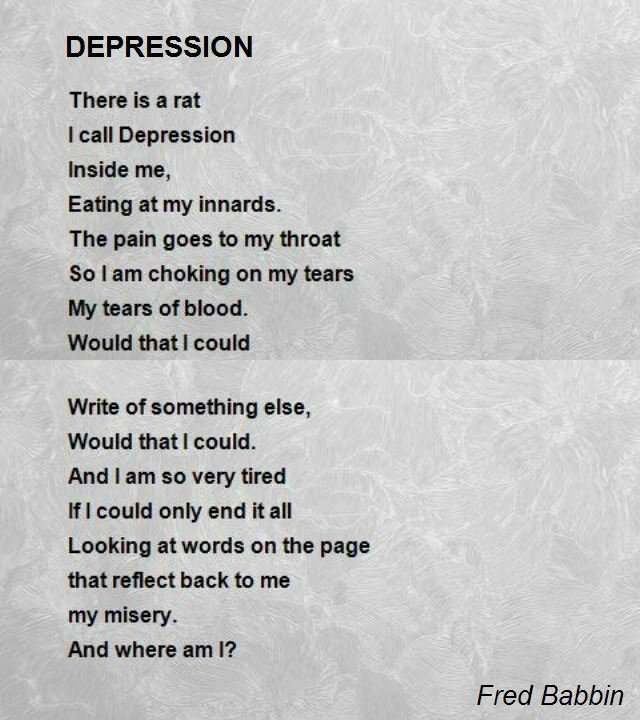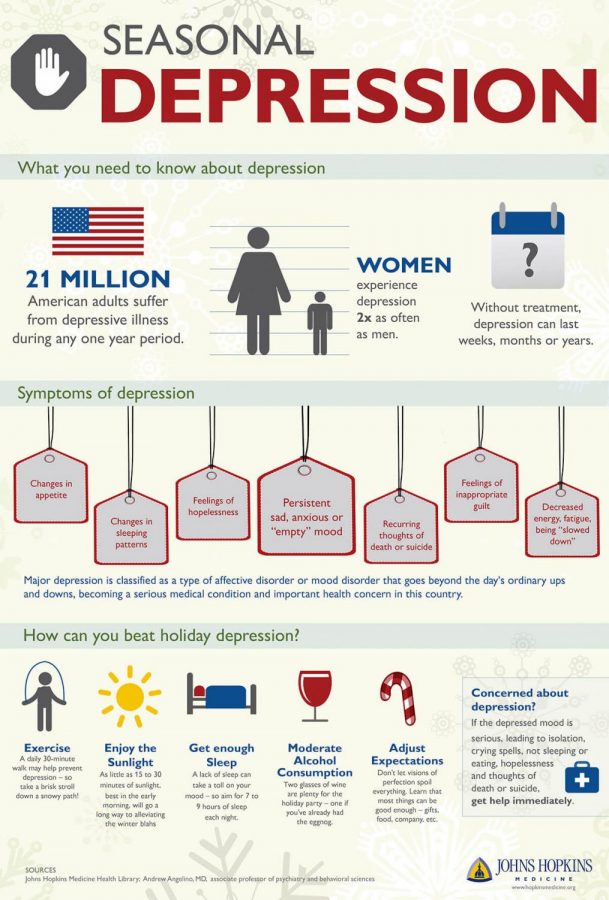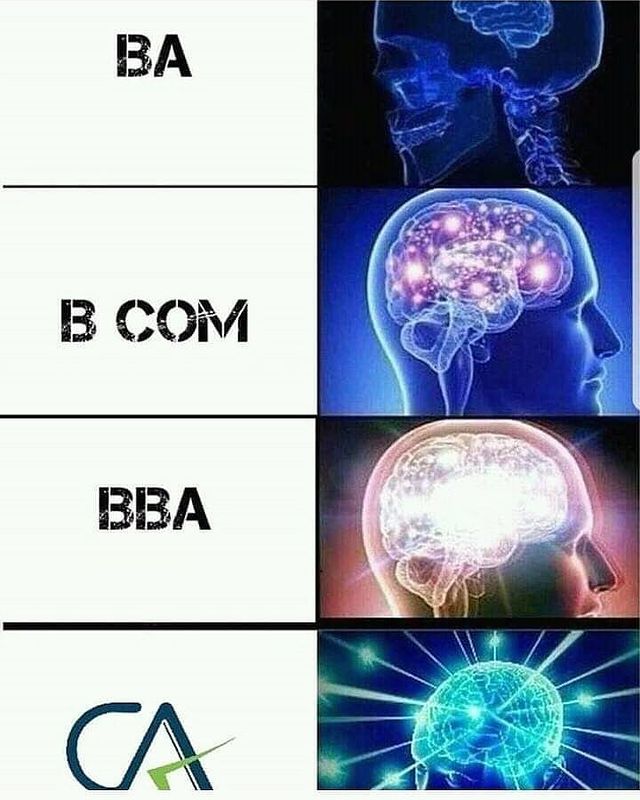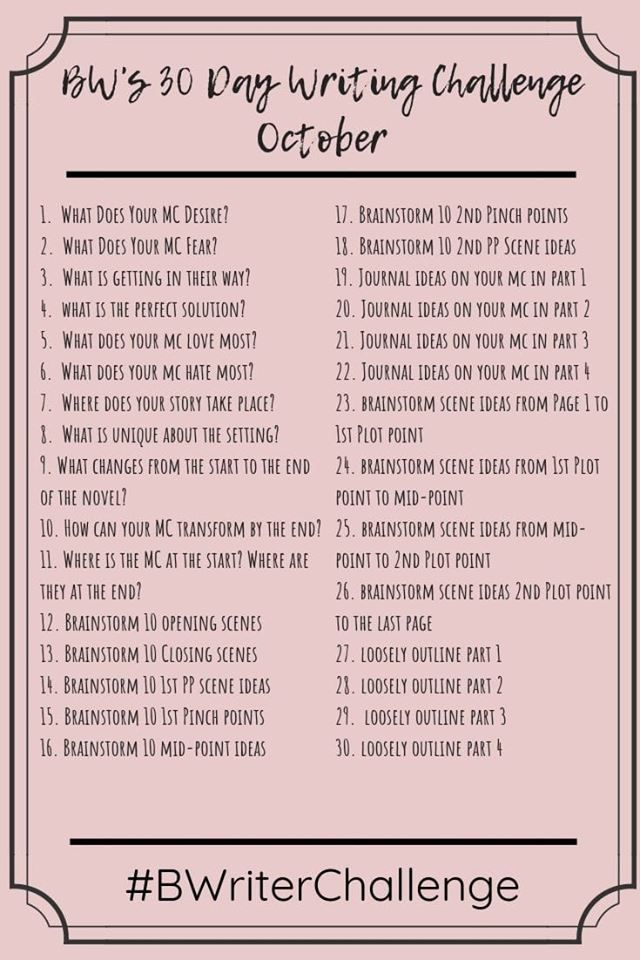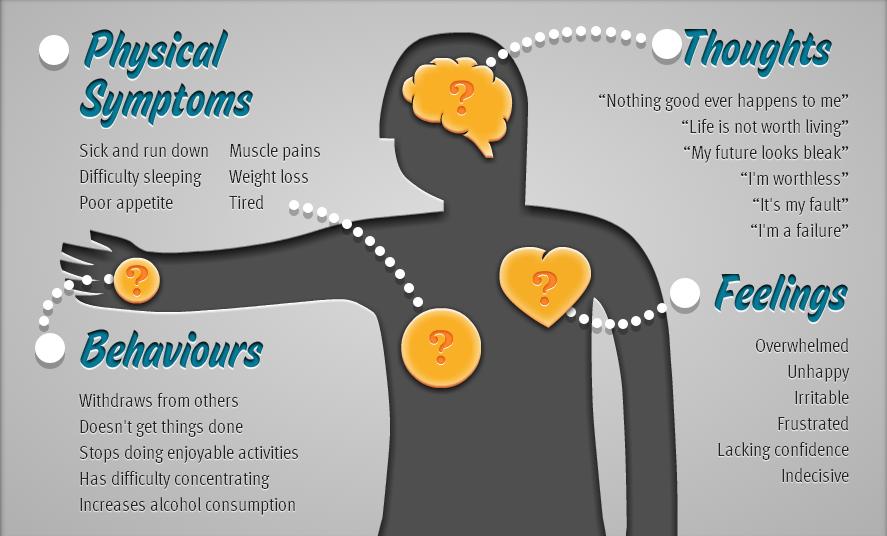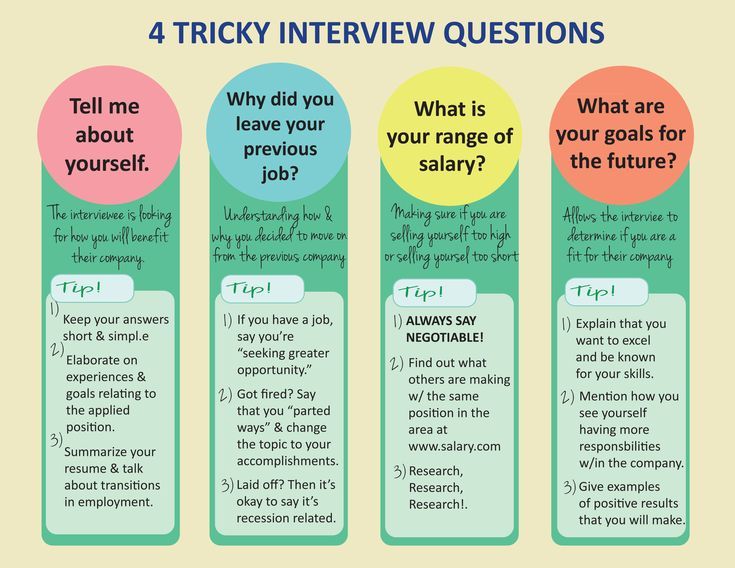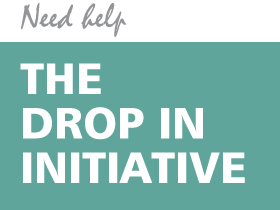Psychotherapy and ptsd
Psychotherapy leads in treating post-traumatic stress disorder
Post-traumatic stress disorder (PTSD) is a common, often debilitating mental health condition that occurs in some people who have experienced trauma. It can have a negative impact on mood, mimicking depression, and is characterized by petrifying episodes in which affected people re-experience trauma. New research suggests psychotherapy may provide a long-lasting reduction of distressing symptoms.
Over the course of a lifetime, many people directly experience or witness trauma, such as sexual assault, violence, or natural disasters. Experts estimate that 10% to 20% of these people will experience acute (short-term) PTSD. Some will go on to develop chronic (long-term) symptoms. Overall, about 8% of all people will develop PTSD during their lifetime, highlighting the need for effective treatments.
What happens when people have PTSD?
Because PTSD spans several categories of symptoms, it can be incapacitating. People are diagnosed with PTSD if they have certain symptoms following a traumatic experience that last for at least a month:
- one or more symptom of re-experiencing the trauma (sometimes called a flashback)
- one or more avoidance symptoms, such as avoiding places or objects that remind you of the original event
- two or more symptoms of arousal and reactivity, such as jumpiness, heart pounding, or sweating
- two or more symptoms of an effect on mood or cognition, such as negative thoughts or problems recalling key portions of the event.
When a person has PTSD, the brain can become sensitized in a state of constant hyperarousal. Nightmares are exceptionally common. People struggling with PTSD often begin to avoid a range of triggering environments. This can further fuel social isolation, making it difficult to hold a job and nurture relationships. Altogether, PTSD can lead to substantial disability and emotional burden on people who have it and society at large.
How is PTSD treated?
Experts have long disagreed on optimal treatment approaches. Current standards of care for treatment may include
- medications, such as antidepressants known as selective serotonin reuptake inhibitors (SSRIs), and alpha-1 blockers such as prazosin (Minipress)
- certain forms of psychotherapy, such as prolonged exposure therapy and eye movement desensitization and reprocessing (EMDR).
However, recommendations made by different expert panels vary substantially on the order in which to try these treatments. For example, the American Psychological Association and the International Society for Traumatic Stress Studies recommend antidepressants known as SSRIs as possible first-line treatment. Most other guidelines, including those from the National Institute of Health and Care Excellence and National Health and Medical Research Council, recommend using SSRIs only if initial attempts at psychotherapy are unsuccessful.
What does the new research tell us?
Rigorous new research supports using psychotherapy first, followed by medication if it fails to offer sufficient relief, or psychotherapy combined with medication from the start.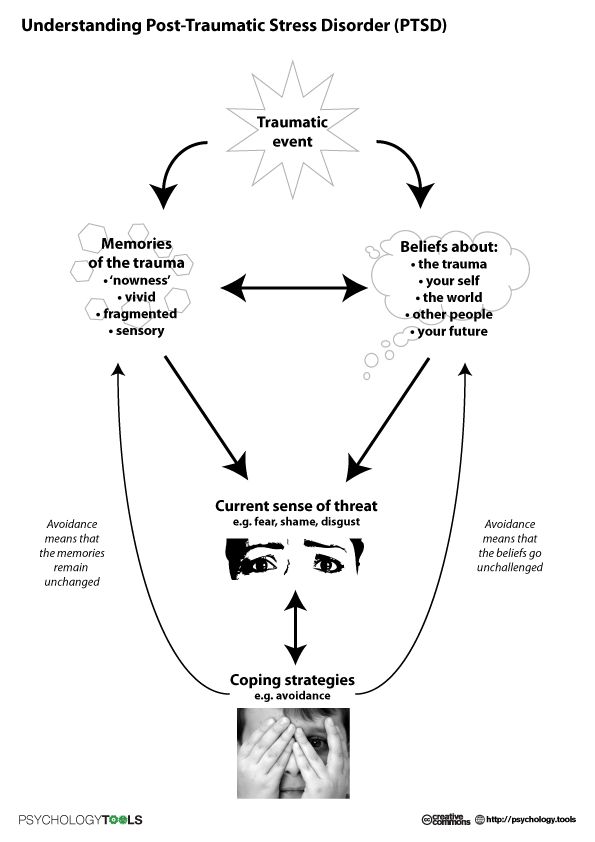 This large meta-analysis, published online in JAMA Psychiatry, combined data from 12 randomized clinical trials and 922 participants. Researchers found that no particular treatment approach was superior to any other at the time of treatment. However, the benefits of psychotherapeutic approaches lasted longer. At their last documented follow up, patients with PTSD who received psychotherapy had significantly greater improvement in symptoms compared with those who received only medications. Additionally, combining both therapy and medications was significantly better in the long term than medications alone.
This large meta-analysis, published online in JAMA Psychiatry, combined data from 12 randomized clinical trials and 922 participants. Researchers found that no particular treatment approach was superior to any other at the time of treatment. However, the benefits of psychotherapeutic approaches lasted longer. At their last documented follow up, patients with PTSD who received psychotherapy had significantly greater improvement in symptoms compared with those who received only medications. Additionally, combining both therapy and medications was significantly better in the long term than medications alone.
This meta-analysis presents the strongest argument yet that evidence-based psychotherapies are superior to medications alone in helping to relieve symptoms of PTSD. Combining both approaches also holds merit and is superior to medications alone, though not statistically better than psychotherapy alone.
Which type of psychotherapy is most helpful for PTSD?
Questions remain about which kind of psychotherapy is most effective. Evidence suggests that cognitive behavioral therapy, prolonged exposure therapy, Seeking Safety therapy, and EMDR help many people with PTSD. Yet there are not many head-to-head trials and there is no convincing evidence from those that were done.
Evidence suggests that cognitive behavioral therapy, prolonged exposure therapy, Seeking Safety therapy, and EMDR help many people with PTSD. Yet there are not many head-to-head trials and there is no convincing evidence from those that were done.
The bottom line: Advocate and seek help early
Until more robust comparison research is completed, people who experience trauma must be their own best advocates. As a psychiatrist with experience in this field, I recommend the following:
- Monitor yourself closely after a trauma.
- Be on the lookout for early symptoms, such as mood and sleep disturbances.
- Be aware of whether symptoms seem to be improving or worsening over time.
- Be willing to listen to family members, loved ones, and your healthcare team, who may identify problem areas as they arise.
- Seek treatment early, with a mental health professional who has extensive experience in treating PTSD using one of the above therapeutic approaches.
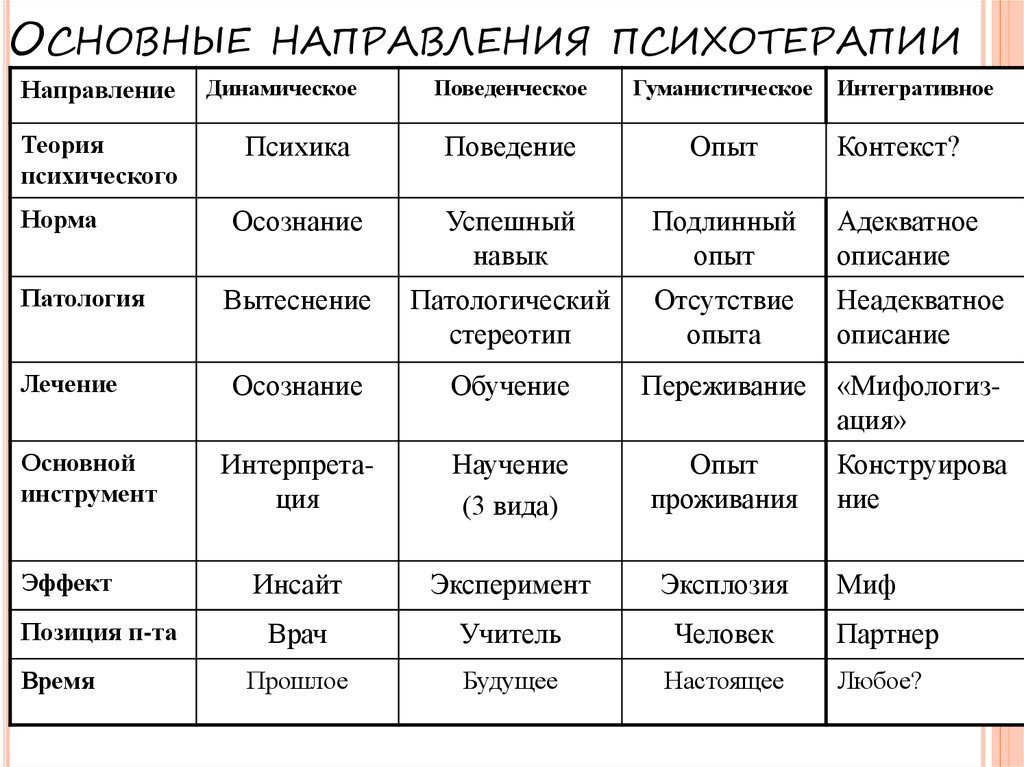
Taking these steps offers the best opportunity to mitigate symptoms and optimize quality of life following a traumatic event.
PTSD Facts & Treatment | Anxiety and Depression
A Featured Image
Boost Search Results
On
Post-traumatic Stress Disorder (PTSD)
Understanding PTSD
Symptoms
Treatment & Facts
Resources
- More than 8 million Americans between the age of 18 and older have PTSD.
- 3.6% of the US Adult population experienced post-traumatic stress disorder (PTSD) in the past year.* (National Institute of Mental Health)
- 67 percent of people exposed to mass violence have been shown to develop PTSD, a higher rate than those exposed to natural disasters or other types of traumatic events.
- People who have experienced previous traumatic events run a higher risk of developing PTSD.
- PTSD can also affect children and members of the military: Watch a video about Staff Sgt.
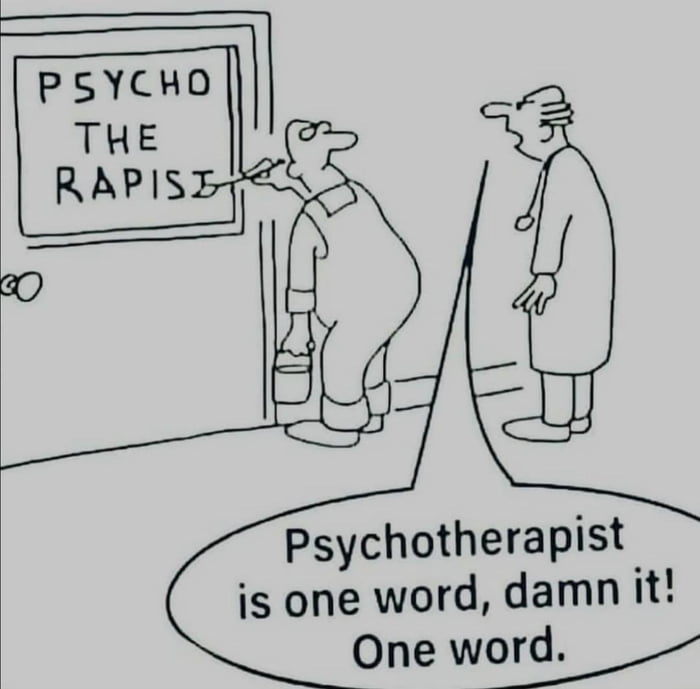 Stacy Pearsall, a combat photographer who experienced PTSD. See how she got help.
Stacy Pearsall, a combat photographer who experienced PTSD. See how she got help.
PTSD brochure.
Screen yourself or a loved one for PTSD.
PTSD Treatment Information
The main treatments for people with PTSD are specific short-term psychotherapies. These treatments are described below. Everyone is different, so a treatment that works for one person may not work for another. Some people may need to try different treatments to find what works best for their symptoms. Regardless of which option you chose, it is important to seek treatment from a mental health professional who is experienced with PTSD.
PsychotherapyCognitive Behavior Therapy (CBT):
CBT is a type of psychotherapy that has consistently been found to be the most effective treatment of PTSD both in the short term and the long term. CBT for PTSD is trauma-focused, meaning the trauma event(s) are the center of the treatment. It focuses on identifying, understanding, and changing thinking and behavior patterns.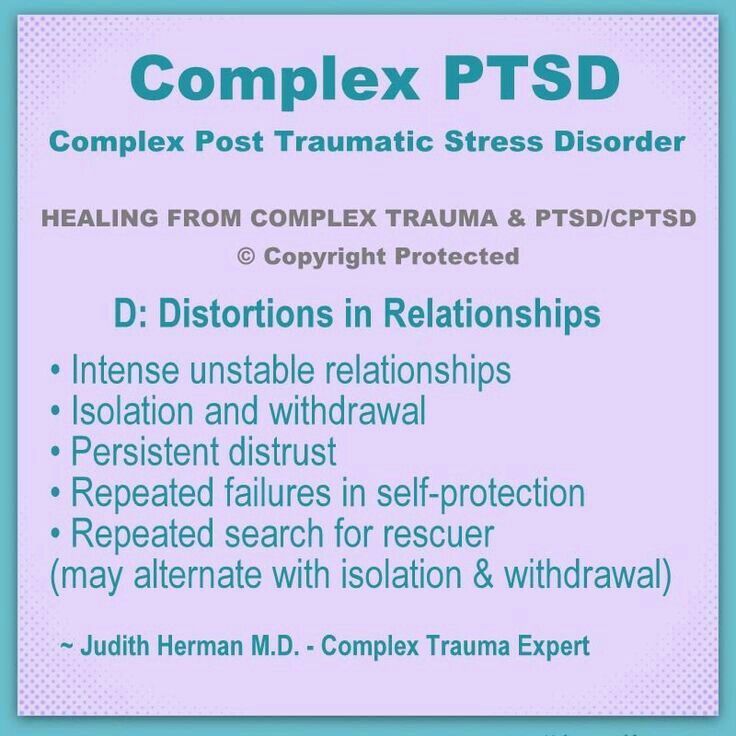 CBT is an active treatment involved the patient to engage in and outside of weekly appointments and learn skills to be applied to their symptoms. The skills learned during therapy sessions are practiced repeatedly and help support symptom improvement. CBT treatments traditionally occur over 12 to 16 weeks.
CBT is an active treatment involved the patient to engage in and outside of weekly appointments and learn skills to be applied to their symptoms. The skills learned during therapy sessions are practiced repeatedly and help support symptom improvement. CBT treatments traditionally occur over 12 to 16 weeks.
Main Components of CBT:
While different CBTs have different amounts of both exposure and cognitive interventions, they are the main components of the larger category of CBTs that have been repeatedly found to result in symptom reduction.
- Exposure therapy. This type of intervention helps people face and control their fears by exposing them to the trauma memory they experience in the context of a safe environment. Exposure can use mental imagery, writing, or visits to places or people that remind them of their trauma. Virtual reality (creating a virtual environment to resemble the traumatic event) can also be used to expose the person to the environment that contains the feared situation.
 Virtual reality, like other exposure techniques can assist in exposures for treatment for PTSD when the technology is available. Regardless of the method of exposure, a person is often gradually exposed to the trauma to help them become less sensitive over time.
Virtual reality, like other exposure techniques can assist in exposures for treatment for PTSD when the technology is available. Regardless of the method of exposure, a person is often gradually exposed to the trauma to help them become less sensitive over time.
- Cognitive Restructuring. This type of intervention helps people make sense of bad memories. Oftentimes people remember their trauma differently than how it happened (e.g., not remembering certain parts of the trauma, remembering it is a disjointed way). It is common for people to feel guilt of shame about aspects of their trauma that were not actually their fault. Cognitive restructuring helps people look at what happened with fact to get a realistic perspective on the trauma.
What is CBT? Listen to this podcast.
It is important for anyone with PTSD to be treated by a mental health care professional who is experienced with PTSD. Some people will need to try different treatments to find what works for their symptoms.
Description of Specific CBTs for PTSD:
- Cognitive Processing Therapy (CPT) is an adaptation of cognitive therapy that aims toward the recognition and reevaluation of trauma-related thinking. The treatment focuses on the way people view themselves, others, and the world after experiencing a traumatic event. Often times inaccurate thinking after a traumatic event "keep you stuck" and thus prevent recovery from trauma. In CPT you look at why the trauma occurred and the impact it has had on your thinking. It can be especially helpful for people who, to some extent, blame themselves for a traumatic event. CPT focuses on learning skills to evaluate whether you thoughts are supported by facts and whether there are more helpful ways to think about your trauma. There is strong research support showing the effectiveness for people recovering from many types of traumas.
- Prolonged Exposure (PE) is another form of CBT that relies more heavily on behavioral therapy techniques to help individuals gradually approach trauma related memories, situations, and emotions.
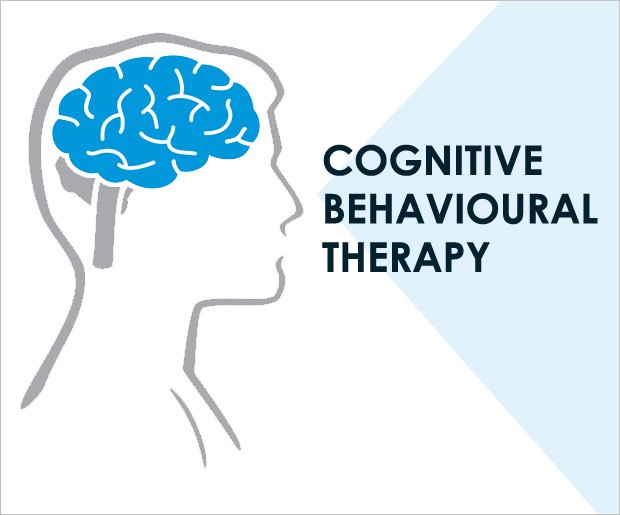 PE focuses on exposures to help people with PTSD stop avoiding trauma reminders. Avoiding these reminders may help in the short term, but in the long term it prevents recovery from PTSD. PE uses imaginal exposures, which involve recounting the details of the trauma experience, as well as in vivo exposures, which involve repeatedly confronting trauma-related situations or people in their life that they have been avoiding. There is strong research support showing PEs effectiveness across a wide range of traumas.
PE focuses on exposures to help people with PTSD stop avoiding trauma reminders. Avoiding these reminders may help in the short term, but in the long term it prevents recovery from PTSD. PE uses imaginal exposures, which involve recounting the details of the trauma experience, as well as in vivo exposures, which involve repeatedly confronting trauma-related situations or people in their life that they have been avoiding. There is strong research support showing PEs effectiveness across a wide range of traumas. - Stress Inoculation Training (SIT) is another type of CBT that aims to reduce anxiety by teaching coping skills to deal with stress that may accompany PTSD. SIT can be used as a standalone treatment or may be used with another types of CBTs. The main goal is to teach people to react differently to react differently to their symptoms. This is done through teaching different types of coping skills including, but is not limited to, breathing retraining, muscle relaxation, cognitive restructuring, and assertiveness skills.
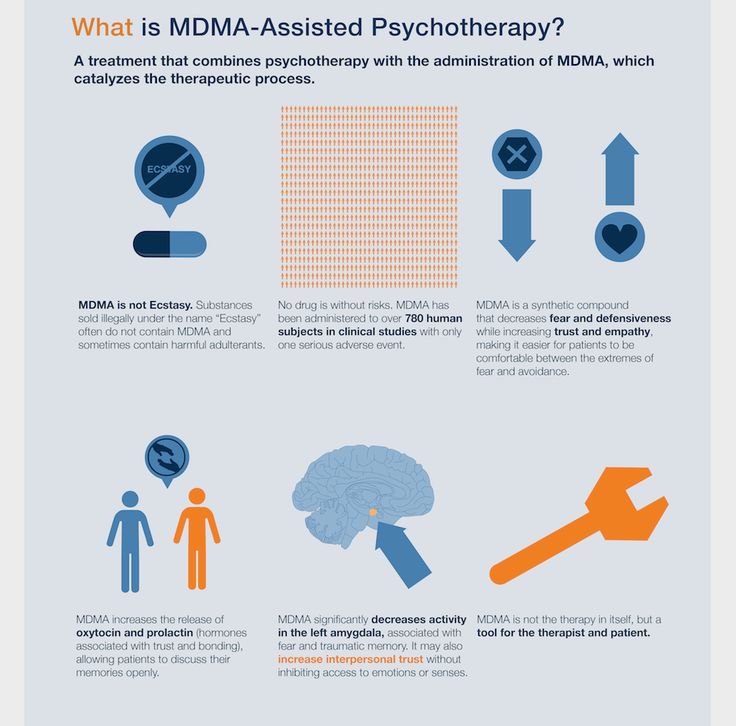
There are other types of PTSD interventions that are not considered CBTs.
- Eye Movement Desensitization and Reprocessing (EMDR) is a form of psychotherapy that involves processing upsetting trauma-related memories, thoughts and feelings. EMDR asks people to pay attention to either a sound or a back-and-forth movement while thinking about the trauma memory. This treatment has been found to be effective for treating PTSD, but some research has shown that the back-and -forth movement is not the active treatment component but rather the exposure alone is.
- Present Centered Therapy (PCT) is a type of non-trauma focused treatment that centers around current issues rather than directly processing the trauma. PCT provides psychoeducation about the impact of trauma on one’s life as well as teaching problem solving strategies to deal with current life stressors.
Medications are sometimes used as an adjunct to one of the therapies described above. One of the more common types of medications used are selective serotonin reuptake inhibitors (SSRIs). SSRIs are antidepressants, and depressed mood can be part of PTSD. Also sometimes used as a short term and adjunctive treatment are benzodiazepines. Benzodiazepines are quick-acting medications that are effective but can be habit forming.
One of the more common types of medications used are selective serotonin reuptake inhibitors (SSRIs). SSRIs are antidepressants, and depressed mood can be part of PTSD. Also sometimes used as a short term and adjunctive treatment are benzodiazepines. Benzodiazepines are quick-acting medications that are effective but can be habit forming.
If PTSD is a problem for you or for someone you care about, seek out a consultation with an experienced mental health professional. PTSD is a treatable condition -- find out what help there might be for you or your loved one.
ADAA Resources
- MDMA May Help Treat PTSD – but Beware of Claims that Ecstasy is a Magic Bullet - Blog Post
- How to Talk to Your Kids About Violence - Response to the Las Vegas Shootings - Blog Post
- Talking to Children and Teens After a School Shooting - Blog Post
- How to Prevent Trauma from Becoming PTSD - Blog Post
- Be There for Women Veterans in Your Community - Blog Post
- Healing Invisible Wounds - Webinar
- Trastorno de Estrés Post-Traumático - Webinar
- PTSD: What I Should Know About Current Treatments - Webinar
- Non-Military PTSD - Webinar
- Screen yourself or a loved one for PTSD
- ADAA PTSD brochure
Meet the ADAA PTSD Special Interest Group and learn about their research and treatment work.
This page was updated June 2021
RESOURCES AND NEWS
Evidence-based Tips & Strategies from our Member Experts
RELATED ARTICLES
Block reference
Blog
Returning to School: Coping with Fears of School Shootings
To help with back to school, this blog features 8 strategies to cope with fears of school…
Read More
Load More
Webinar
Feeling Safe at School – Coping with School Shootings and Mass Violence
Learn strategies for managing fear and worry about school shootings for parents/guardians, teachers…
Read More
Load More
PERSONAL STORY
Emotionally Numb
Well, there was something wrong with me and it wasn't until years later that I realized that I had…
Read More
Load More
Treatment of post-traumatic stress disorder in St. Petersburg
- Home
- Psychotherapy
- Stress
- Post-traumatic stress disorder
Our clinic treats post-traumatic stress disorder (ICD-10 F43.1, ICD-11 6B40) in children and adults. As a rule, such treatment includes the selection of pharmacotherapy, individual and family psychotherapy sessions, and, if necessary, classes in an open-type psychotherapeutic group. nine0013
The prognosis for PTSD treatment is favorable in most cases. However, if left untreated, the disease can develop into a chronic form, and then into a permanent personality change that is not associated with brain damage or disease (F62, ICD-10).
Depending on the severity of the condition, the presence of pronounced depressive and suicidal tendencies, the selection of pharmacotherapy in the treatment of post-traumatic stress disorder can be carried out in a hospital clinic. The presence of somatic doctors allows us to start treating concomitant diseases (for example, pathologies of the cardiovascular system, gastrointestinal tract, central nervous system), which are often found in patients against the background of a long-term course of PTSD. nine0013
The presence of somatic doctors allows us to start treating concomitant diseases (for example, pathologies of the cardiovascular system, gastrointestinal tract, central nervous system), which are often found in patients against the background of a long-term course of PTSD. nine0013
The key point in the treatment of post-traumatic stress disorder is the restoration of a person's personality, the normalization of reactions in relation to oneself and others (as a rule, it takes from 6 months). Relatives and other people close to the patient should not ignore this important stage in the treatment of PTSD and attend psychotherapy sessions together with the patient as necessary, thereby helping him in the process of adapting to a normal life in the family and society.
PTSD consultation:
+7 (812) 407-18-00
Thank you for your trust!
- Delicate approach, treatment of all types of PTSD
- Help of a psychologist and psychotherapist
- Individual therapy selection
 nine0013
nine0013  5 times more often than men, although men face more dangerous situations.
5 times more often than men, although men face more dangerous situations. 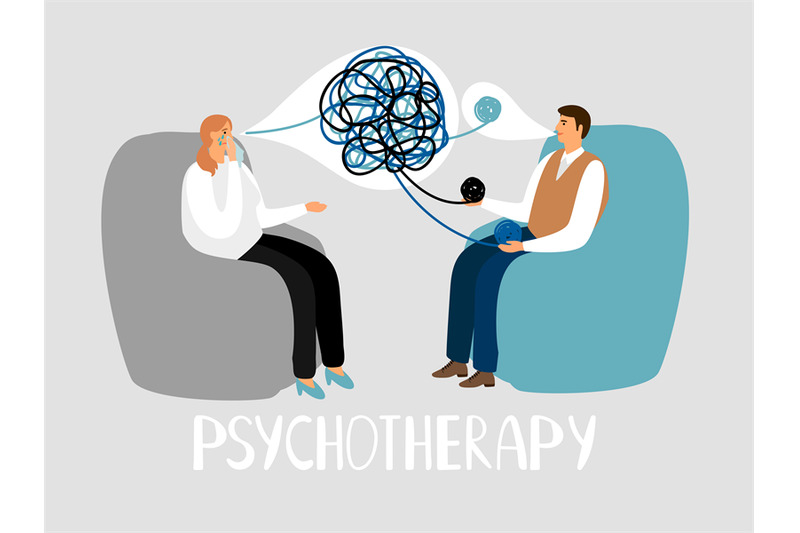

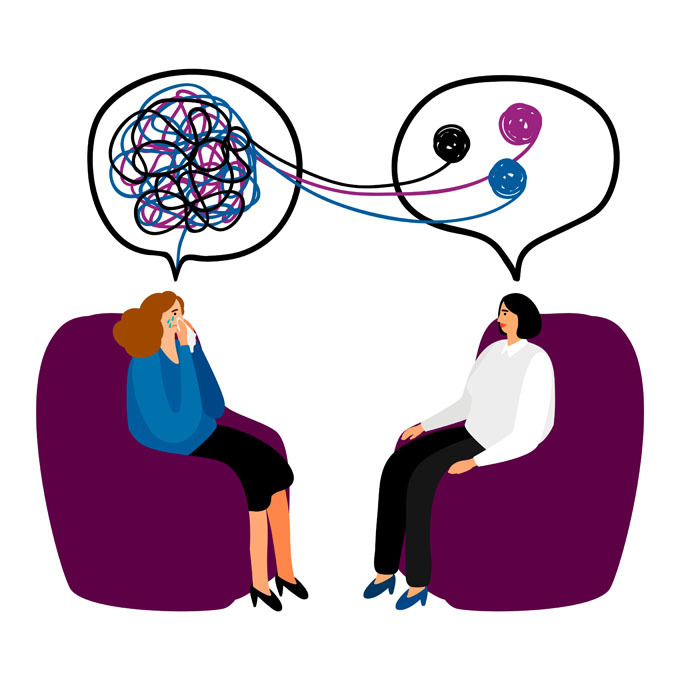 Thinking about how it could have been avoided.
Thinking about how it could have been avoided. 
 nine0013
nine0013  Over time, memories cease to frighten, it becomes possible to live on without looking back at the trauma.
Over time, memories cease to frighten, it becomes possible to live on without looking back at the trauma.  May reduce symptoms of anxiety and depression, improve sleep, memory and concentration.
May reduce symptoms of anxiety and depression, improve sleep, memory and concentration.  New causes for concern lengthen the treatment.
New causes for concern lengthen the treatment. 
